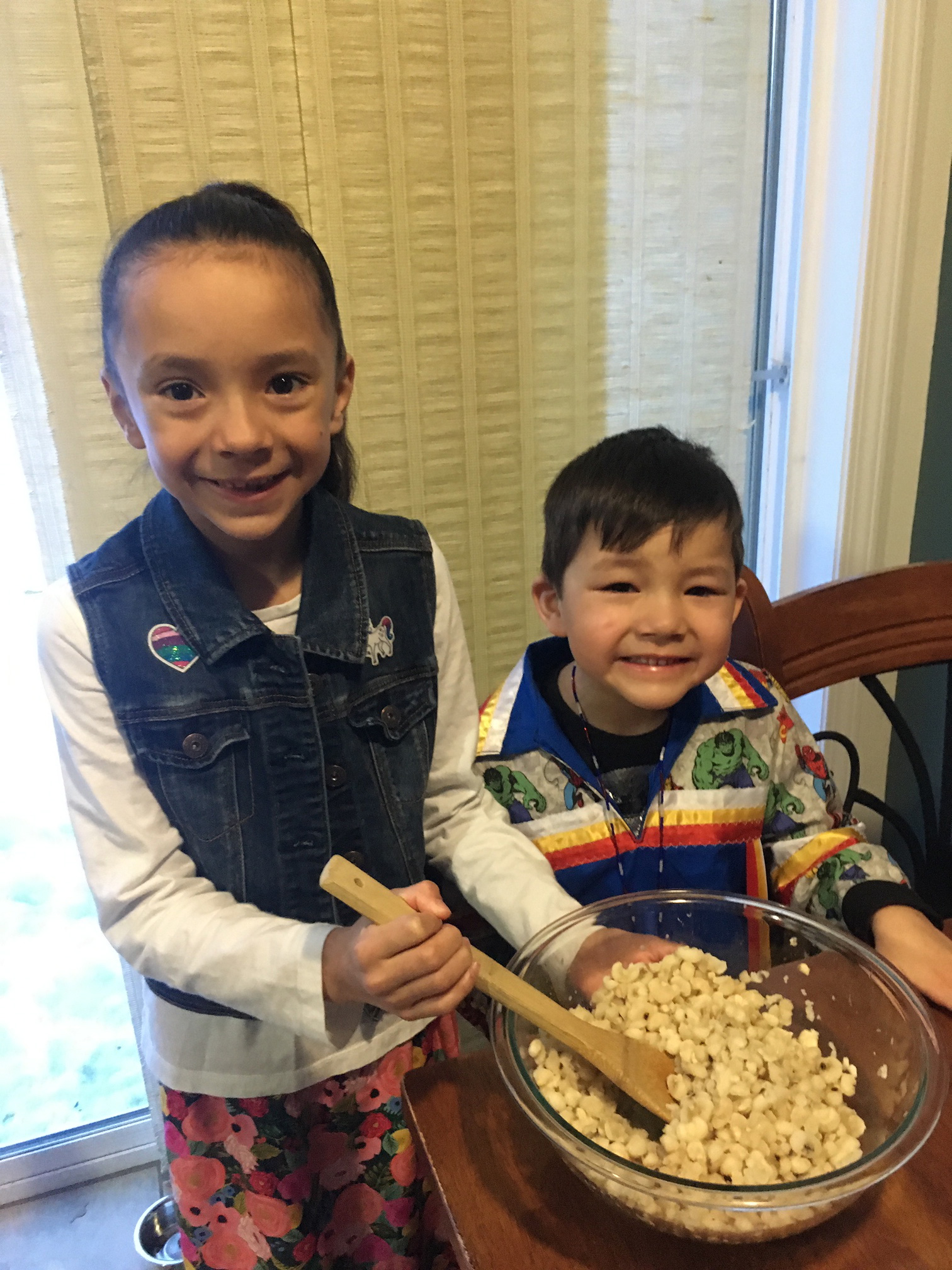A Message from Richard Jock (member of the Mohawk Nation at Akwesasne), FNHA Chief Operating Officer
What kind of corn is "Indian Corn"?
The answer is – all of it!
All corn is descended from Indian corn.
First Nations had a very complex variety of corn crops that have been part of our existence and our diet. A friend of mine had a PhD in agriculture, and he isolated the strains of corn that made up what we think of as traditional Indian corn. The traditional seed yielded 16 different types. Today, only a few of these are used in the so-called 'modern diet'.
Different types of the corn we relied on were harvested for different purposes – some were good to eat on the cob, others were good for preserving, and others were good for grinding into flour. Each were forms of complex carbohydrates which provide good energy that is sustainable for a long period of time.
Our villages relied on a combination of large corn fields, supplemented and complemented by hunting and fishing. The corn crops allowed us to have large and stable communities, and to keep all the people living in our long houses fed.
We have a certain way to prepare the Indian corn that is sometimes known elsewhere as 'hominy'. From dried, it is boiled in water with maple ashes which has lye in it. The kernels are boiled up and what remains puffs up like popcorn. Next, the corn is shaken in a basket with lip that curls inside until the husks are gone.

Richard Jock's grandchildren helping with the food preparation
Naomi - Iakoshenakahtste (her name has strength) and Hudson - Tahoiotakie (he is working his way towards you)
Mohawk Corn Soup recipe
Makes about 5 quarts of thick soup or stew
Ingredients
• 1 quart Indian corn
• 1.5-2 lbs meat. I like to use wild meats such as moose or elk, but another common variation is pork or beef (a chuck roast or similar cut).
• 1 large can or 1 cup dried kidney beans
• 1 onion
• 1 medium sized turnip, diced
• 3-4 quarts water
• Flour to thicken
Directions
- Brown the meat.
- Add water and boil for 2 to 3 hours total, until the meat starts to fall apart.
- After 2 hours, add the kidney beans (if dried) and turnip.
- After 2 ½ hours, add the onion.
- After 2 ¾ hours, add the Indian corn and the kidney beans (if canned).
- When it is almost done, thicken the broth with a bit of flour to make it almost like stew.
Within the Iroquois communities, we have a bit of rivalry about our corn soup. Where I am from in Akwesasne, we put vegetables like turnips and onion, while others don't. We use red kidney beans; others use white beans. We joke with each other about whose is the best.
Other First Nations rely on other delicious complex carbohydrates. My partner is Ojibwe, and their version is wild rice which is very nutritious. They harvest it near lakes by canoe, bending the rice over and beating the grains off into the canoe. Then, they flail it to get the actual rice kernels.
Our original diets were very different. They incorporated a lot of complex carbohydrates. Meat and fish tended to be low fat. Looking at our diets today, we see they are very different, with lots of flours and processed foods. The more that we can go back into whole foods the better balanced we will be -nutritionally, energy wise, and health wise.
Read more

